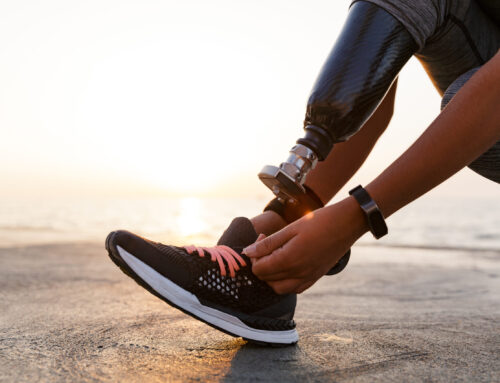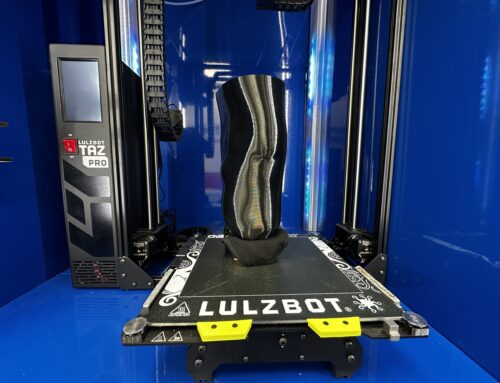Introduction: Proprioception
Proprioception is the sense of body position and movement, and it is crucial for maintaining balance and control while walking or performing other activities. However, individuals who use prosthetic devices may experience a loss of proprioceptive abilities, which can increase the risk of falls and other injuries. In this blog, we will explore ways to maintain proprioception with prosthetics.
- Proper fitting and alignment: Proper fitting and alignment of the prosthetic device are essential to ensure that the residual limb is in the correct position. This helps to maintain proper body alignment and improve proprioception. A prosthetist can help ensure the device is fitted correctly.
- Use of flexible prosthetic components: Prosthetic components that allow for movement and flexibility can also help to maintain proprioception. For example, prosthetic feet that allow for natural ankle movement can improve balance and stability. Additionally, new technologies are being developed to improve proprioception with prosthetics.
- Physical therapy and exercises: Physical therapy and exercises can be used to help individuals develop and maintain proprioceptive abilities. Balance and stability exercises, in particular, can be helpful in improving proprioception. In some cases, virtual reality technology can also be used to help individuals develop proprioceptive abilities.
- Visual cues: Using visual cues can help with body alignment and posture. For example, using a mirror or other feedback tool can help individuals monitor body position and movement. Additionally, using colored socks or markers can help with foot placement and weight distribution.
- Practice and repetition: Practice and repetition can also help to improve proprioceptive abilities. Individuals who use prosthetic devices should be encouraged to practice walking and other activities regularly to improve their proprioception. Rehabilitation centers and prosthetic clinics may offer group classes to practice.
- Ongoing evaluation: Regular evaluation by a prosthetist or other healthcare professional can help to ensure that the prosthetic device is properly fitted and aligned. This can also help to identify any issues with proprioception and develop a plan to address them.
Maintaining proprioception with prosthetic devices is essential for improving balance, movement control, and overall quality of life. By using the tips and techniques discussed above, individuals can work to improve their proprioceptive abilities and reduce the risk of falls and other injuries. With advancements in prosthetic technology, maintaining proprioception with prosthetics is becoming more accessible to all.
References:
- “The Role of Proprioception in Prosthetics,” Ottobock, accessed April 20, 2023, https://www.ottobockus.com/prosthetics/education-support/role-of-proprioception-in-prosthetics/.
- “Prosthetic Limbs,” MedlinePlus, accessed April 20, 2023, https://medlineplus.gov/prostheticlimbs.html.
- “Virtual Reality Therapy,” Johns Hopkins Medicine, accessed April 20, 2023, https://www.hopkinsmedicine.org/health/treatment-tests-and-therapies/virtual-reality-therapy.
OPENING HOURS
| Mon – Fri | 8:00 – 4:30 |
| Saturday | CLOSED |
| Sunday | CLOSED |






